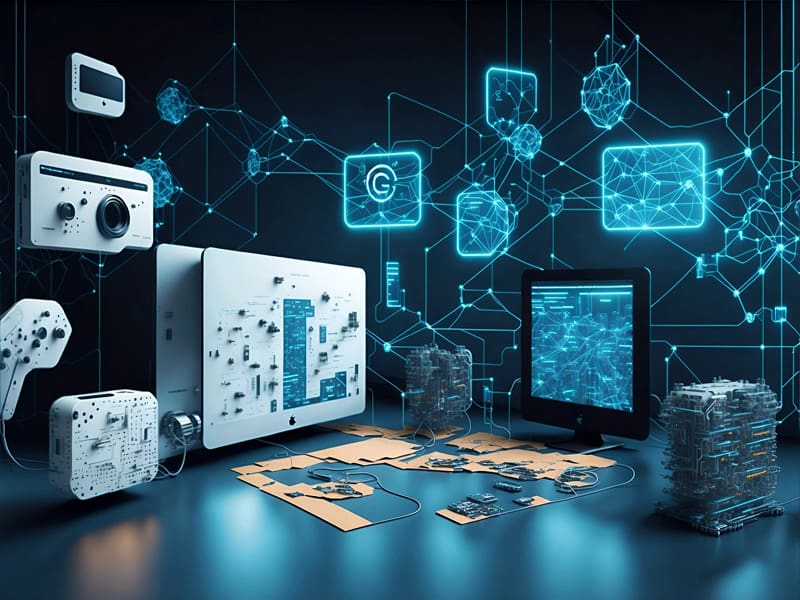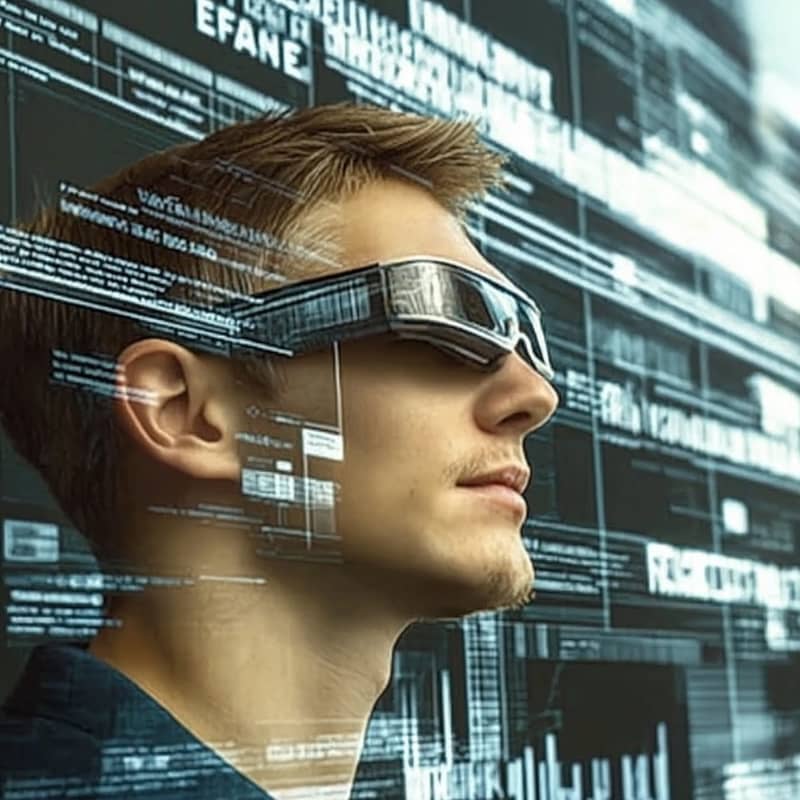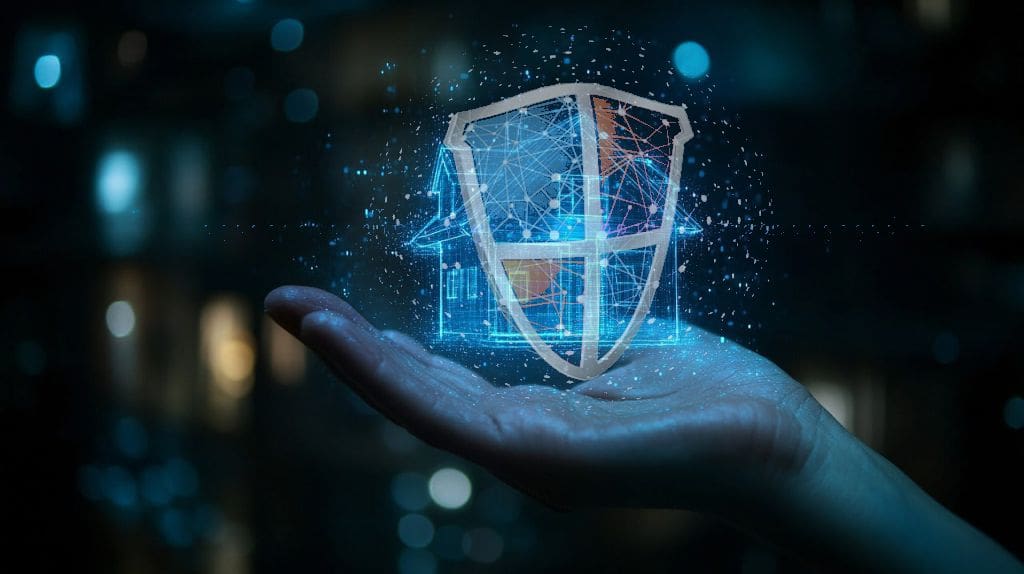The Internet of Things (IoT) is transforming the way we live, probably more than you are aware of. From smart homes to connected smart cities, IoT is becoming a crucial part of modern life.
Most of the public services that we are dependent on like banking, water, electricity and gas are connected to complex IoT systems. Even the parking officer in your city could be using an IoT device that utilizes computer vision technology to scan number plates and check for unpaid parking fee.
Several technological and environmental factors are accelerating IoT adoption across the world. Hence, in some sense we are actually already living in a futuristic society. In the near future, we can even expect IoT systems to be connected to humanoid robots.
In this post, we will explore what is driving this shift towards adoption of smart technology. Particularly for smart home owners, we will look into how the expansion of the IoT industry can benefit them.
Technological Factors Driving IoT Adoption
Faster and More Reliable Internet
The expansion of 5G networks and fiber-optic internet is making IoT devices more reliable. Faster internet speeds mean less lags, which ensure that smart home devices can respond instantly.
This enable smart devices like security cameras, smart thermostats, and voice assistants to work more efficiently. Faster Internet speeds are also enabling us to remotely monitor the situation in our homes in real time.
Advances in Smart IoT Technology
Our machines have evolved to be so much more than just inanimate objects with buttons. They can now think on their own which is what makes them truly smart. This means our ‘thinking’ digital devices can perform actions that they have not been explicitly programmed to do.
Thus, as technologies continue to advance and evolve, even our homes will become more intelligent and intuitive. Imagine walking into your home that is like a smart living entity. Your home will know when you are present or when you need to go out. It can also make your life more pleasing by playing music that you enjoy listening depending on your mood.
This is not a sci-fi scenario as you can certainly start enjoying having some ‘smartness’ in your house now. For example, smart thermostats can adjust temperatures automatically based on the number of occupants present in the house. Your security cameras can also learn to recognize familiar faces, thus only allowing access to authorized family members and friends.
Affordability and Accessibility of IoT Devices
The cost of IoT sensors and devices has dropped significantly. Many brands are jumping on the bandwagon and had produced a wide variety of smart products.
You can simply jump onto any online marketplaces and you will see a wide variety of smart devices on sale. Even if you are on a tight budget, you can begin with simple smart home gadgets. Why not look into getting some smart light bulbs, security cameras or smart door locks.
As consumers, we are spoilt in terms of choices of smart devices as technologies are becoming more standardized. For instance, Matter, a new technical standard for smart home and IoT devices is increasingly being integrated into smart devices. This new standard is said to improve interoperability and compatibility between different manufacturers. It is anticipated that Matter will allow more manufacturers to enter into the IoT industry.
With better interoperability between smart devices, we can expect the devices to be capable of delivering multiple functions. For example, a motion detector can both be used for security purposes and effficient energy usage. The sensor can trigger an alarm and automatically switch on lights when there is activity in the room but switches off the light when it does not detect anything.
Edge Computing and Faster Processing
Edge computing, in contrast to cloud computing allows IoT devices to process data locally instead of relying on the cloud. Putting the process to the edge reduces delays, which help to boost performance particularly for processes that are time-sensitive. It also makes the device more autonomous and enhances data privacy, which the latter could be mandatory by law in some countries.
With edge computing for example, your smart security cameras with built-in AI can analyze footage instantly, improving home security. Your smart sensors can also be more effective and efficient if the ‘time-to-action’ of the devices is significantly reduced.
Concerns with data security however is still prevalent with many homeowners who are deliberating about upgrading their homes with smart technology. These concerns are justified but homeowners should also consider the benefits. Anyway, there are actually some steps that homeowners can implement to reduce hacking risk in their smart homes.
Improvements in IoT Product Design and Features
Many homeowners may have a misconception that the smart devices become useless when the Internet is down. Actually, smart home owners can make a back up plan if their Internet goes down.
For example, even if your house’s Wi-Fi is disconnected, many smart devices can still operate on Bluetooth or other forms of wireless technology. Furthermore, your cellular data from your tablet or smartphone can also act as a backup connection to the Internet.
It is also unlikely that your smart lock will cause you to be locked out when there is no electricity. This is because modern smart locks usually operate on batteries.
Modern smart devices may also be equipped with smart bandwidth management and protocol switching. This means they can ‘smartly’ connect to either Wi-Fi, Bluetooth or Bluetooth Low Energy depending on the situation. This makes the devices more efficient and enhances performance.

Smart Home Automation Free Course
You can learn the essentials of setting up a smart home in this free course by Smart Home Schools in partnership with Alison. You only need to pay if you need the certificate and I may get a commission as an affiliate.

Factors Driving IoT Adoption
Image by Pete Linforth from Pixabay
Environmental Factors Accelerating IoT Growth
Energy Efficiency and Sustainability
With rising energy costs and environmental concerns, homeowners are turning to smart IoT solutions. Usually the number one concern for homeowners is ever increasing electricity bills.
The most popular option to reduce electricity bills in the long run is to invest in solar power for your house. While the upfront initial cost to install a solar system can be quite high, however the investment may be worth it if you take advantage of government rebates. Furthermore, solar panels are coming down in price and they are also more efficient in generating power compared to panels that were manufactured a decade ago.
In addition, smart home owners can also opt to install smart thermostats, energy-efficient lighting and automated appliances can also help reduce energy consumption. These small smart gadgets do help to reduce bills if you have many household members staying in the house.
Climate Change and Disaster Preparedness
Climate change is leading to more extreme weather conditions. Skeptics might still argue that natural disasters is not related to climate change but it is a fact that governments around the world reporting an increasing number of natural phenomenon that had devastated city infrastructure.
Therefore, IoT-enabled weather monitoring systems and smart flood sensors can actually help homeowners prepare for storms and natural disasters. These devices can provide early warnings, so you can take some practical steps to prevent or minimize damage to your property.
Government Regulations and Incentives
Governments are implementing policies to promote the adoption of IoT in homes and businesses. Many countries have set ambitious energy efficiency and sustainability targets, encouraging the use of smart technology to reduce carbon footprints.
Incentives such as tax rebates, grants, and subsidies make it more affordable for homeowners to invest in smart thermostats, energy-efficient lighting, and solar-powered IoT devices. For example, in the U.S., programs like the Energy Star certification and federal tax credits offer financial benefits to homeowners who install energy-saving smart devices.
The European Union’s Green Deal also promotes IoT integration by setting energy efficiency standards for household appliances and encouraging the use of smart meters. As governments continue to push for greener and smarter homes, IoT adoption is expected to rise, which will benefit homeowners and the environment.
Smart Agriculture is the Future
IoT technology is revolutionizing the agriculture sector by providing farmers with real-time data to optimize resource management. For example, a farm owner told me that he has recently installed an IoT system at his farm to help him manage the land due to problems with recruiting farm workers.
Just some examples of how IoT can help run a productive farm is a smart irrigation system that uses IoT sensors to monitor soil moisture levels and adjust water usage accordingly – this greatly helps to reduce waste and conserve water.
In addition, weather-monitoring stations equipped with IoT sensors can provide weather forecasts, giving farm owners more time to prepare for extreme weather conditions.
Tech Tip: Pay heed to your data privacy.
A lot of what you do online is tracked! There is no way to completely block or avoid all Internet trackers, but you can at least use a Virtual Private Network (VPN). Use my affiliate link below to get an offer and I may get a commission if you make an online purchase at Namecheap’s website.
Work from home with a secured connection with Namecheap FastVPN.
Conclusion
IoT adoption is bound to accelerate across the world due to advancements in technology and growing environmental concerns.
For homeowners, they can take advantage of smart technology by investing in smart gadgets that can help enhance home security and energy efficiency. IoT can also make various aspects of life more convenient with automation.
Various industries such as agriculture, construction and other technological driven sectors will also benefit from adopting IoT that can make their operations more green and energy efficient, thus helping to reduce carbon footprint.
Is this not the right time then for you to be more tech aware of what is developing in the smart technology world?






